20 interesting facts about the Acropolis in Athens, Greece
As the most popular sight in all of Greece, the Acropolis of Athens attracts more than a million visitors each year. It is one of the best examples of architecture of the Classical Period of Ancient Greece and an absolute must-visit on any Athens itinerary. Its location on top of a rock towering above Athens means it is visible from many different places in the city and also allows for vast views of the city. To find out more, read these facts about the Acropolis in Athens.
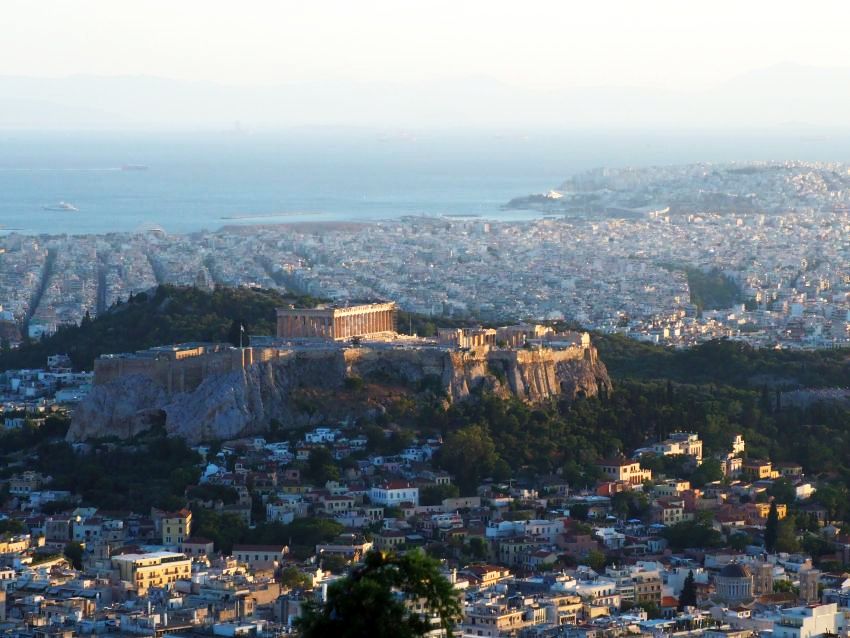
Note: This article is a guest post by Nina Ahmedow.
Disclosure: This article contains affiliate links. If you click on one and make a purchase, I (Rachel) will receive a small commission. This will have no effect on your price.
Historical Facts About the Acropolis in Athens
1. Acropolis means high city.
The word “Acropolis” comes from two Ancient Greek words, ἄκρον (akron, highest point/extremity) and πόλις (polis, city). It basically describes the highest point of a settlement.
2. There are many acropolises.
As it was the term used for fortified settlements on top of a hill, there is more than one acropolis in Greece. Another famous and well-preserved example not far from Athens is Acrocorinth located in Ancient Corinth which can be visited on a day trip.
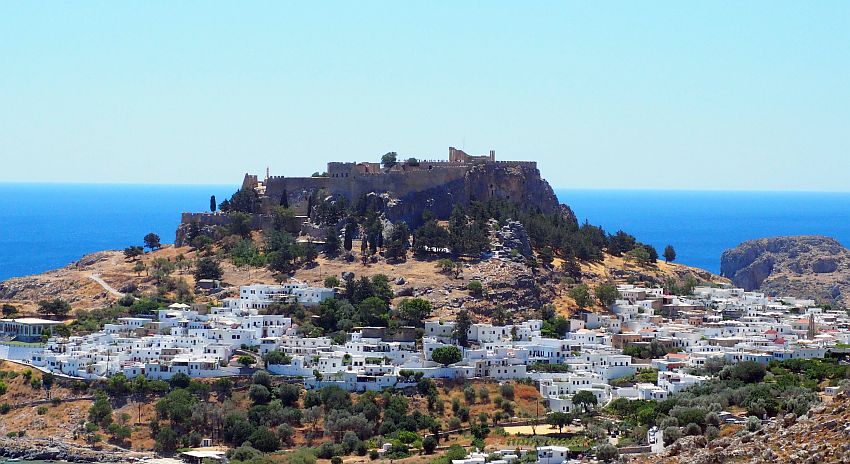
3. The Acropolis in Athens was inhabited at a very early period.
Pottery pieces that were found at the Acropolis indicate that the hill was inhabited all the way back to 4000 BC. The Mycenaeans later fortified it and ruled their kingdom from there.
4. Its initial purpose was for military defense.
Due to its high location, the Acropolis was the perfect place from which to defend the settlement. The first structures built on the hill were walls that made the Acropolis a citadel. These date to the 13th century BC when the Mycenaeans used the Acropolis to rule their kingdom.
If you’re planning a trip to Greece, you might also enjoy these articles:
5. The Persians destroyed the Acropolis.
When Xerxes and his army entered the region, the Athenians were sure they wouldn’t be able to hold the Acropolis so they left for the island of Salamina. Xerxes destroyed the entire city and the Acropolis.
6. The buildings on top of the Acropolis were built under Pericles.
The impressive buildings we visit at the Acropolis centuries later were commissioned by Pericles and constructed or rebuilt between 447 BC and 406 BC. These include the Parthenon, the Erechtheion, the Propylaea (unfinished), and the Temple of Athena Nike.
Get your entry tickets with audio guide and learn more about this historical place!
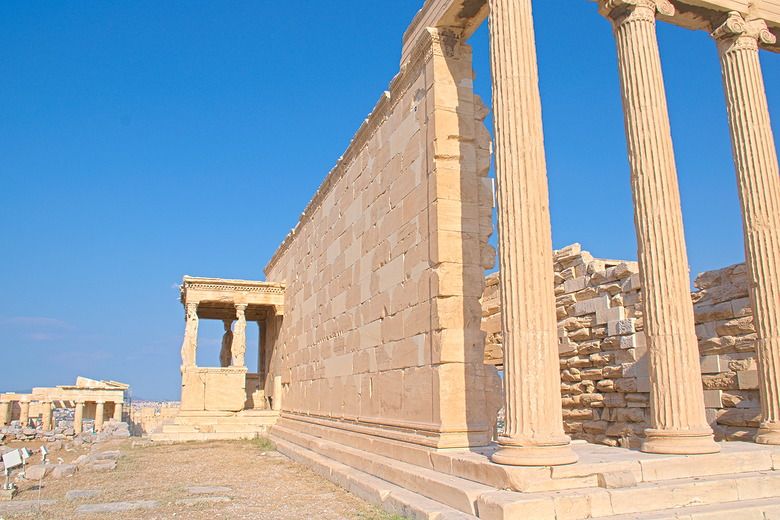
7. The Acropolis was an important place of worship.
Before Pericles had the current buildings constructed there was already a temple dedicated to the goddess Athena. Later, the Temple of Athena Nike was built to worship Athena and Nike. The Parthenon itself is also dedicated to the goddess Athena. But religious rituals took place in the Erechtheion as well, which was dedicated to both Athena and Poseidon.
Book a walking tour of the Acropolis here!
8. The Acropolis was home to a huge statue.
The temples dedicated to the goddess Athena were not the only way the ancient Athenians showed their appreciation for their patron goddess. There was once an enormous statue of Athena on top of the Acropolis called Athena Promachos. It was made of bronze by Greek sculptor Phidias. He also built two other large statues of the goddess on the Acropolis. Sadly, none of them survive to this day.
9. The Parthenon wasn’t always white.
Although for the longest time people assumed the Parthenon was entirely white, later scientists learned that the roof was painted in various colors which have vanished over the centuries.
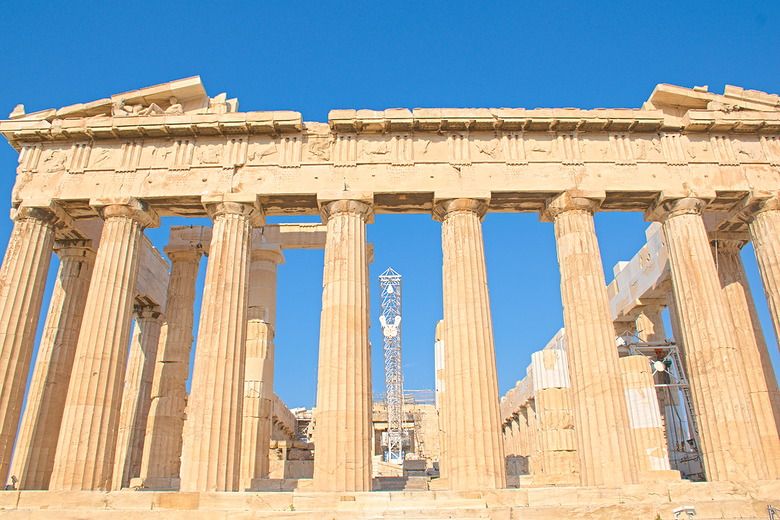
10. The Acropolis has served different faiths.
Though the buildings on the Acropolis were initially built to worship different ancient Greek deities, they were later used by Christians and Muslims. The Byzantine Christians didn’t need the Ancient Greek temples and therefore turned them into churches. Later, the Ottomans turned the Parthenon into a mosque.
11. The Venetians caused serious damage to it.
During the 17th-century Morean War between the Ottomans and the Venetians, the Ottomans stored gunpowder on the Acropolis. When the Venetians found out about this they targeted the Acropolis in their attacks and caused severe damage. They even removed several of the columns.
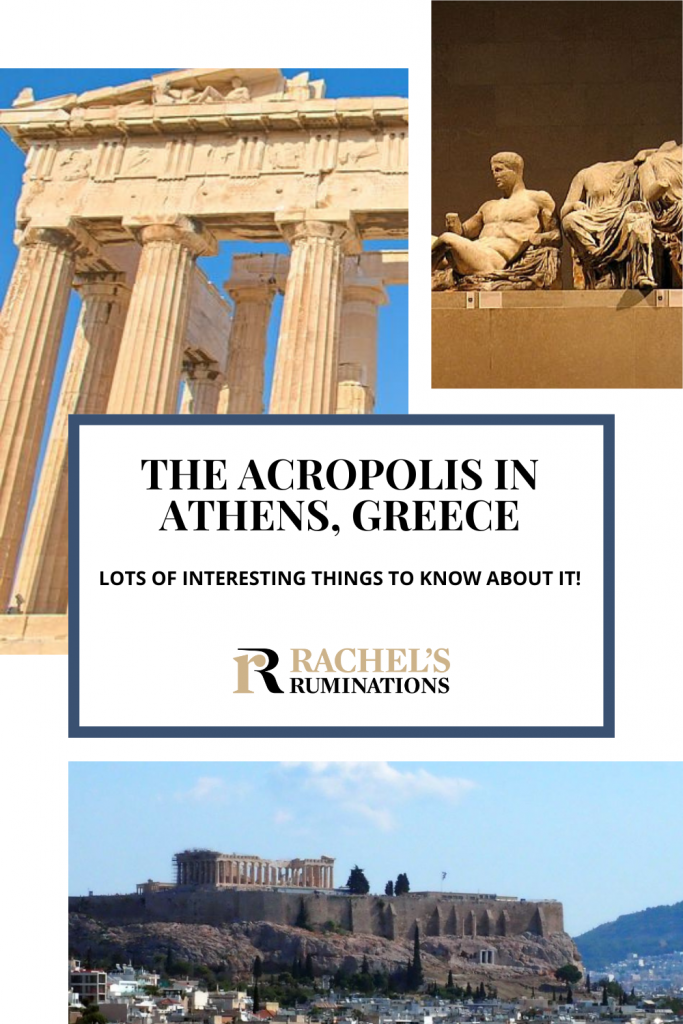
Facts about the Acropolis in Athens as a historical site
12. It only became an archaeological site in 1833.
The value of this ancient citadel was not understood until 1833, a few years after Greece gained independence from the Ottoman Empire. From that year on, it has been operating as an archaeological site, meaning it is protected by law. For example, planes and drones cannot fly over the Acropolis.
Planning a trip to Athens? Use the map below to find your accommodations!
13. It’s a UNESCO World Heritage site.
Although the Acropolis of Athens didn’t make it onto the list of New Seven Wonders of the World, it has been a UNESCO World Heritage site since 1987. UNESCO calls the collection of monuments at the Acropolis “universal symbols of the classical spirit and civilization.”
14. The Parthenon is not the Acropolis.
Many people conflate the Parthenon and the Acropolis, but actually, the Acropolis is the entire hill, and the Parthenon is one of several ancient buildings you can find on it.
15. Not all parts of the Acropolis are in Greece.
It’s a sad fact that many of the ancient artifacts from the Acropolis of Athens are not in Greece today. From one of the statues that used to hold up the roof of the Erechtheion to the so-called Elgin marbles, many foreign museums, such as the British Museum, house archaeological artifacts from the Acropolis. Greece has repeatedly asked to have them returned to where they belong, but since Lord Elgin claimed to have had permission from the Ottomans to take the marbles, the British refuse to return them.
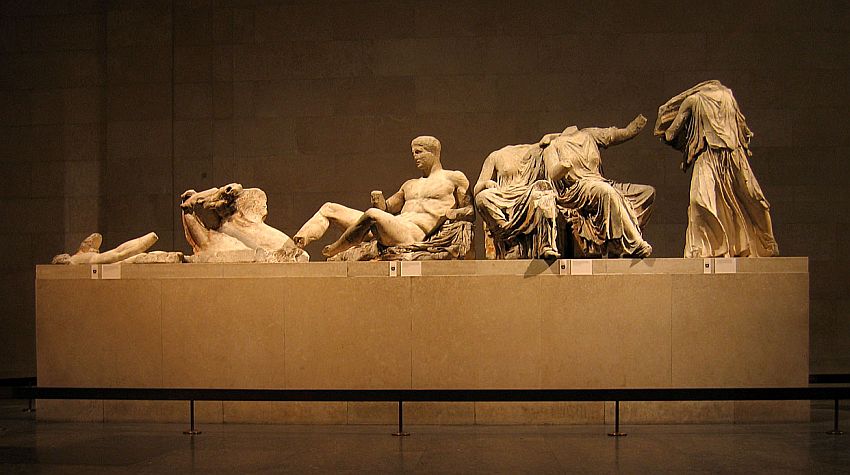
The new Acropolis Museum has an excellent exhibit about the Elgin Marbles, including the structure in which they will be exhibited once they are returned.
Visiting the Acropolis in Athens
16. The steps can be slippery.
The marble steps that take you to the Acropolis are extremely slippery, so make sure you wear a pair of flat shoes with good traction.
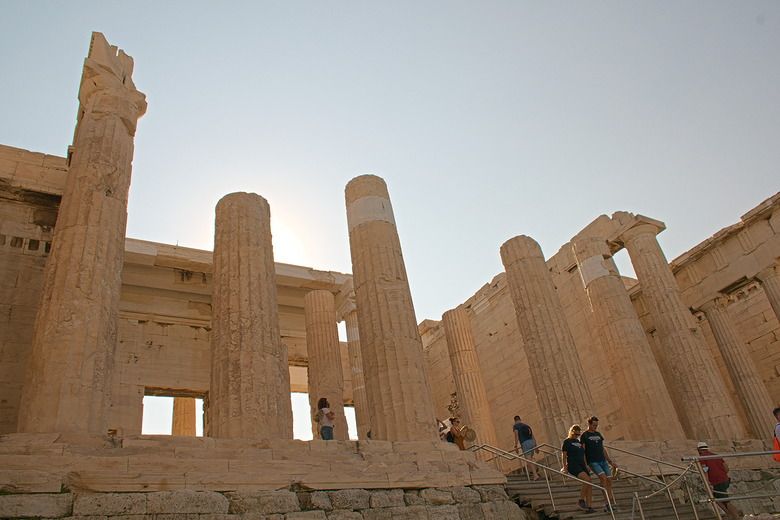
17. There is always restoration work going on.
Be prepared to not get the perfect shot of the Parthenon or the other structures on the Acropolis. These ancient buildings have survived many millennia and need to be taken care of. That’s why you will usually find scaffolding that obstructs some of the views. But keep in mind that this helps to allow future generations to see these magnificent pieces of architecture as well.
18. There is no shade.
The rocky hill of the Acropolis has little shade to protect you from the harsh Greek sun. Keep in mind that Athens gets extremely hot in the summer. The best thing you can do is visit the Acropolis in the off-season. Alternatively, get there as soon as it opens at 8:00 so you avoid the hot midday sun. Additionally, you’re best off covering your head, applying sun lotion and bringing water to stay hydrated.
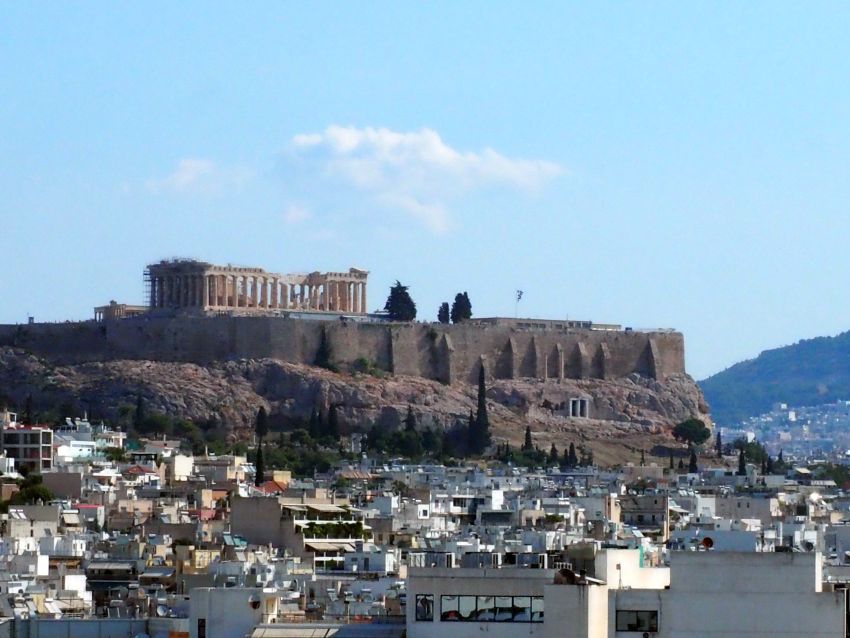
19. It is only open during daylight.
The Acropolis opens from 8:00 every day, but the closing time varies. In the summer, it’s open until 20:00, but closes at 17:00 in the winter. It is only closed on January 1st, March 25th, May 1st, Easter Sunday, December 25th, and December 26th.
20. Regular tickets are expensive.
Visiting the Acropolis is not cheap, but between November 1st and March 31st, the price drops considerably. Better yet, the first Sunday of each month from November to March is completely free of charge. There are additional days on which you can visit the Acropolis for free: March 6th, April 18th, May 18th, the last weekend of September, and October 28th, and the first and third Sundays from November through March. Keep in mind that the free days will be especially crowded, so get there as early as possible. Assuming you can’t be there on a free day, book your ticket here to avoid the queue.
If you’re planning further travel to any of the Greek islands, book your ferry tickets ahead of time.
My travel recommendations
Planning travel
- Skyscanner is where I always start my flight searches.
- Booking.com is the company I use most for finding accommodations. If you prefer, Expedia offers more or less the same.
- Discover Cars offers an easy way to compare prices from all of the major car-rental companies in one place.
- Use Viator or GetYourGuide to find walking tours, day tours, airport pickups, city cards, tickets and whatever else you need at your destination.
- Bookmundi is great when you’re looking for a longer tour of a few days to a few weeks, private or with a group, pretty much anywhere in the world. Lots of different tour companies list their tours here, so you can comparison shop.
- GetTransfer is the place to book your airport-to-hotel transfers (and vice-versa). It’s so reassuring to have this all set up and paid for ahead of time, rather than having to make decisions after a long, tiring flight!
- Buy a GoCity Pass when you’re planning to do a lot of sightseeing on a city trip. It can save you a lot on admissions to museums and other attractions in big cities like New York and Amsterdam.
- Ferryhopper is a convenient way to book ferries ahead of time. They cover ferry bookings in 33 different countries at last count.
Other travel-related items
- It’s really awkward to have to rely on WIFI when you travel overseas. I’ve tried several e-sim cards, and GigSky’s e-sim was the one that was easiest to activate and use. You buy it through their app and activate it when you need it. Use the code RACHEL10 to get a 10% discount!
- Another option I just recently tried for the first time is a portable wifi modem by WifiCandy. It supports up to 8 devices and you just carry it along in your pocket or bag! If you’re traveling with a family or group, it might end up cheaper to use than an e-sim. Use the code RACHELSRUMINATIONS for a 10% discount.
- I’m a fan of SCOTTeVEST’s jackets and vests because when I wear one, I don’t have to carry a handbag. I feel like all my stuff is safer when I travel because it’s in inside pockets close to my body.
- I use ExpressVPN on my phone and laptop when I travel. It keeps me safe from hackers when I use public or hotel wifi.


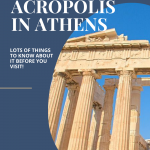
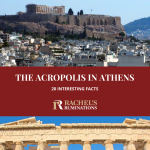
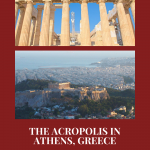
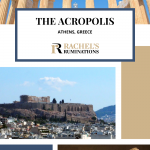
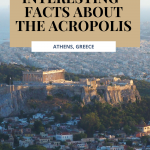
I like the site